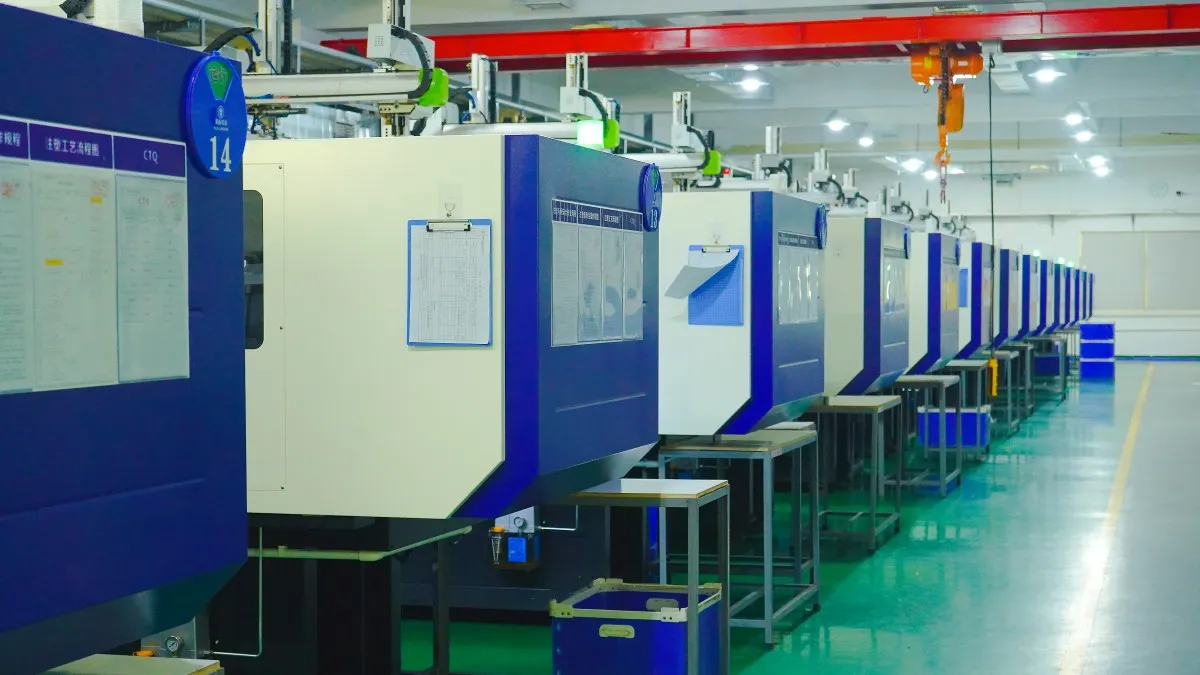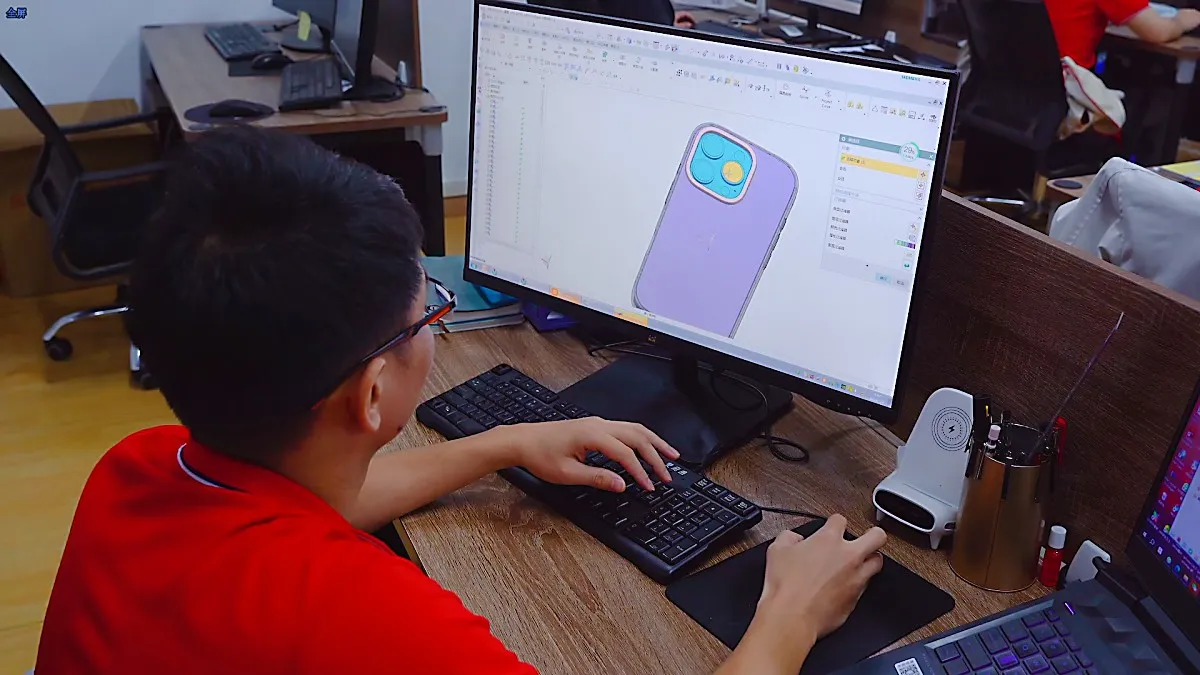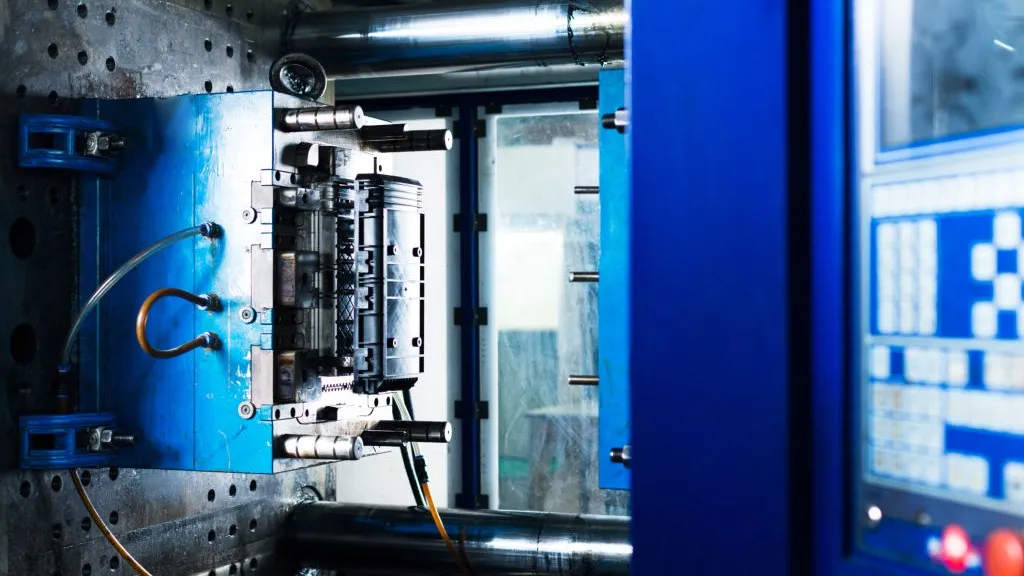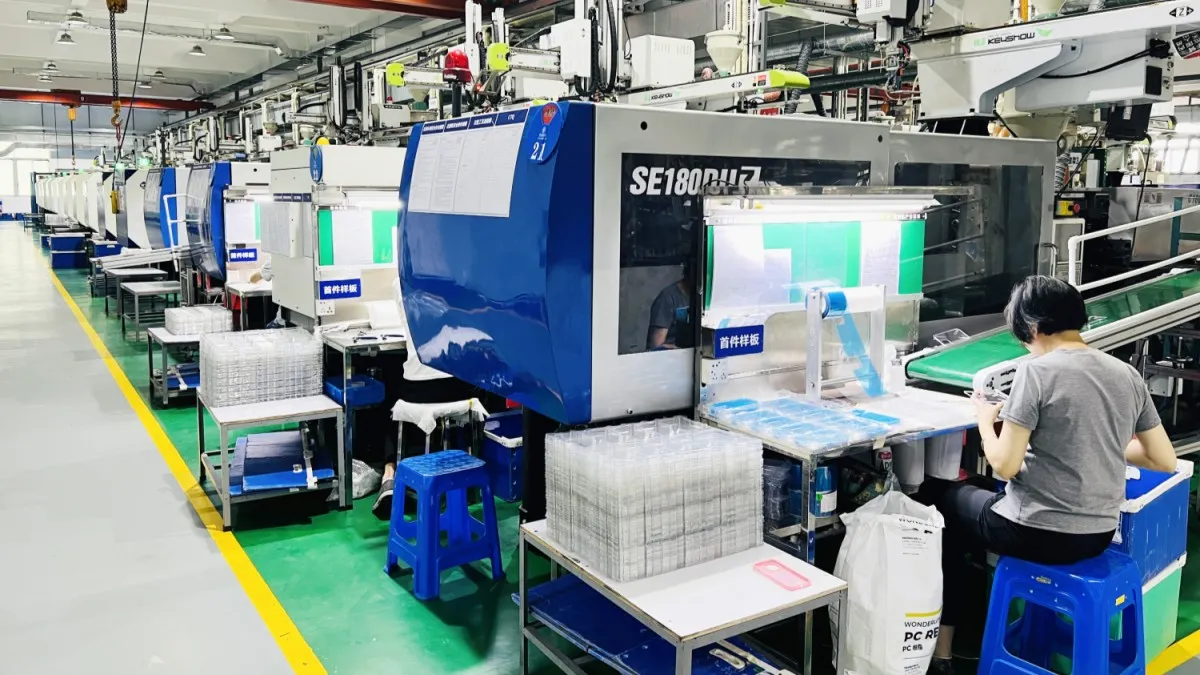Injection molding is an integral part of modern manufacturing and is widely used in the production of everything from automotive parts to consumer electronics. However, with increasing market competition and rising resource costs, companies are faced with the challenge of reducing injection molding production costs. This article will explore in detail the factors that affect injection molding costs and provide a series of practical strategies to help companies significantly reduce production costs without compromising product quality.
What Determines the Cost of Injection Molding?
Material Costs
Raw Material Selection: The type and quality of plastic raw materials directly affect the cost. High-performance materials are usually more expensive but may provide better product performance.
Material Waste: Material waste not only increases costs, but can also have adverse effects on the environment. Optimizing material use can significantly reduce costs.
Mold Costs
Mold Design and Manufacturing: Complex mold design and high-quality materials usually mean higher costs. The life and maintenance of the mold also affect the total cost.
Number of Molds: The number of molds required to produce different products also affects the cost, especially when producing small batches.
Equipment and Energy Consumption
Equipment Selection: The selection of injection molding machines and auxiliary equipment and their energy consumption have a significant impact on production costs. Although the initial investment of efficient and energy-saving equipment is high, it can reduce long-term operating costs.
Equipment Maintenance: Regular maintenance and care of equipment can reduce failure rates and downtime, thereby reducing costs.
Labor and Process Costs
Labor Costs: The skill level of operators and the degree of automation of the factory will affect production efficiency and costs.
Process Optimization: Whether the process parameters such as molding cycle, injection speed, cooling time are optimized or not will also affect costs.
How to Reduce Injection Molding Costs?
Optimize Production Workshop Layout
Power Supply Management:
Ensure that the power supply can not only meet production needs, but also have a moderate margin to avoid equipment overload or instability. At the same time, excessive surplus will lead to ineffective energy consumption, and power distribution should be optimized through the power monitoring system.
Efficient Cooling Water Circulation System:
Building efficient cooling water circulation facilities is essential to maintain the optimal temperature of molds and machines. Equipped with an insulation and heat preservation system can reduce heat loss and save energy. When designing a cooling system, consider using a variable frequency pump to adjust the flow according to actual needs.
Production Process Optimization:
Reasonably arrange the production process to ensure that each link is closely connected and reduce unnecessary waiting time. Through lean production tools such as value stream mapping analysis, identify and eliminate waste in the process and improve overall efficiency.
Lighting System Optimization:
Use LED lighting and intelligent control systems to automatically adjust the brightness according to the use of the workshop and reduce unnecessary energy consumption. The partition control lighting system can automatically turn off the lights in unnecessary areas.
Equipment Maintenance:
Regularly maintain and maintain the workshop equipment to ensure that it operates in the best condition. Establish a preventive maintenance plan to reduce downtime and increased energy consumption caused by equipment failure.
Injection Molding Machine Energy Saving Strategy
Choose the Right Injection Molding Machine:
Choose a suitable injection molding machine according to the size and material of the product to avoid “big horses pulling small carts”, which not only wastes energy, but may also cause increased equipment wear.
Use Energy-saving Injection Molding Machines:
All-electric injection molding machines and hybrid injection molding machines have significant advantages in energy consumption and can save 20% to 80% of energy. Although the initial investment is high, it can significantly reduce operating costs in the long run.
New Heating Technology:
Apply electromagnetic induction heating and infrared heating technologies, which can heat plastics faster and more evenly, reducing heating time and energy consumption.
Insulation Measures:
Add insulation layers to heating and cooling systems to reduce heat and cold losses. Use high-efficiency insulation materials, such as nano-insulation materials, to further improve the insulation effect.
Lubrication Management:
Regularly check and maintain the lubrication system of the equipment to reduce friction and energy consumption. Selecting high-quality lubricants can extend equipment life and improve operating efficiency.
Hydraulic System Optimization:
Choose low-compression hydraulic oil to reduce the energy consumption of the hydraulic system. Regularly check the sealing of the hydraulic system to prevent leakage.
New Processing Technology:
Using parallel action, multi-cavity injection molding, multi-component injection molding and other technologies, multiple components can be processed at the same time, improving production efficiency and reducing energy consumption.
Mold Design and Management
Reasonable Mold Design:
During the mold design stage, use computer-aided design (CAD) software for detailed runner, gate and cavity design. Optimized mold design can improve filling efficiency and reduce molding time and energy consumption.
Hot Runner Mold:
The hot runner system can keep the plastic in a molten state, reducing material waste and energy consumption. Although the initial cost of hot runner molds is high, it can be offset by saving materials and improving production efficiency.
Profiling Fast Cooling and Fast Heating Mold:
This mold can heat and cool quickly, improve surface quality and shorten the molding cycle. It is suitable for products with high surface quality requirements.
CAE-assisted Design:
Use computer-aided engineering (CAE) software to perform mold flow analysis, predict and optimize plastic flow, and reduce the number of mold trials and debugging time.
Peripheral Equipment Management
Select Appropriate Auxiliary Equipment:
Ensure that the capacity of auxiliary equipment matches the actual production needs and avoid energy waste caused by oversized equipment. Use variable frequency drives to adjust the operating speed of the equipment according to actual needs.
Equipment Maintenance:
Maintain auxiliary equipment regularly to ensure that it is in normal working condition. Equipment that is not working properly may lead to reduced product quality and increased energy consumption.
Optimize Equipment Layout:
Reasonably arrange the relative position of peripheral equipment and the main machine to reduce the transmission distance of materials and energy and improve production efficiency.
Material Management Strategy
Choose Low-energy Materials:
On the premise of meeting product performance, give priority to materials with low processing energy consumption. Study the processing characteristics of different materials and select suitable materials to reduce energy consumption.
Material Drying:
Use high-efficiency drying equipment and use the materials immediately after drying to avoid moisture re-moisture and waste of energy. Using a closed-loop drying system can further improve drying efficiency.
Use of Recycled Materials:
Reasonably use recycled materials without affecting product quality. Ensure the cleanliness and consistency of recycled materials to avoid product defects caused by material problems.
Processing Technology Optimization
Shortening the Molding Cycle:
Shorten the molding cycle by optimizing process parameters such as injection speed, pressure and cooling time. Use the shortest molding cycle as much as possible while ensuring product quality.
Process Parameter Preservation:
Record and save all stable equipment and process parameters to reduce the machine adjustment time for the next production. Use process optimization software to automatically save and call the best parameters.
Adopt New Technologies
Assisted Molding Technology:
Such as gas-assisted, liquid-assisted, steam-assisted and micro-foam injection molding technologies, these technologies can reduce material use and energy consumption.
New In-mold Technologies:
Adopt new technologies such as in-mold welding, in-mold spraying, in-mold assembly and in-mold decoration to simplify the production process and reduce intermediate links.
Improve Production Management
Reduce Defective Rate:
Through strict quality control and employee training, high-quality products are produced at one time to reduce the defective rate. High defective rate not only wastes materials, but also increases energy consumption.
Energy Consumption Monitoring System:
Equipped with advanced energy consumption monitoring system, real-time monitoring of energy consumption in the production process, identification and elimination of high energy consumption links.
Conclusion
Reducing the Cost of Injection Molding Requires Enterprises to Comprehensively Consider and Optimize from Multiple Aspects. Through Measures such as Material Selection, Mold Design, Production Process, Equipment Management and Quality Control, Enterprises can Effectively Reduce Production Costs and Improve Market Competitiveness Without Affecting Product Quality. Continuous Innovation and Optimization are the Key to Maintaining Competitiveness.
FAQs
Q1: How to Choose the Right Injection Molding Material?
A1: When Selecting Materials, You Need to Consider the Functional Requirements, Environmental Conditions, Cost, and Processing Characteristics of the Product. Try to Choose Cost-effective Materials and Consider Using Recycled Materials.
Q2: Is the Cost of Injection Molds High?
A2: Mold Costs are Usually High, Especially for Complex Molds, but Mold Costs can be Amortized through Large-scale Production. Optimizing Mold Design and Maintenance can Reduce Long-term Costs.
Q3: How to Improve the Energy Efficiency of Injection Molding Production?
A3: Using Energy-saving Equipment, Optimizing Process Parameters, Regularly Maintaining Equipment, and Introducing Automated Production Lines can Improve Energy Efficiency and Reduce Energy Consumption.
Q4: How Does Automation Affect Injection Molding Costs?
A4: Automation can Improve Production Efficiency, Reduce Human Errors, Reduce Labor Costs, and Improve Product Consistency, Thereby Reducing Overall Production Costs.



